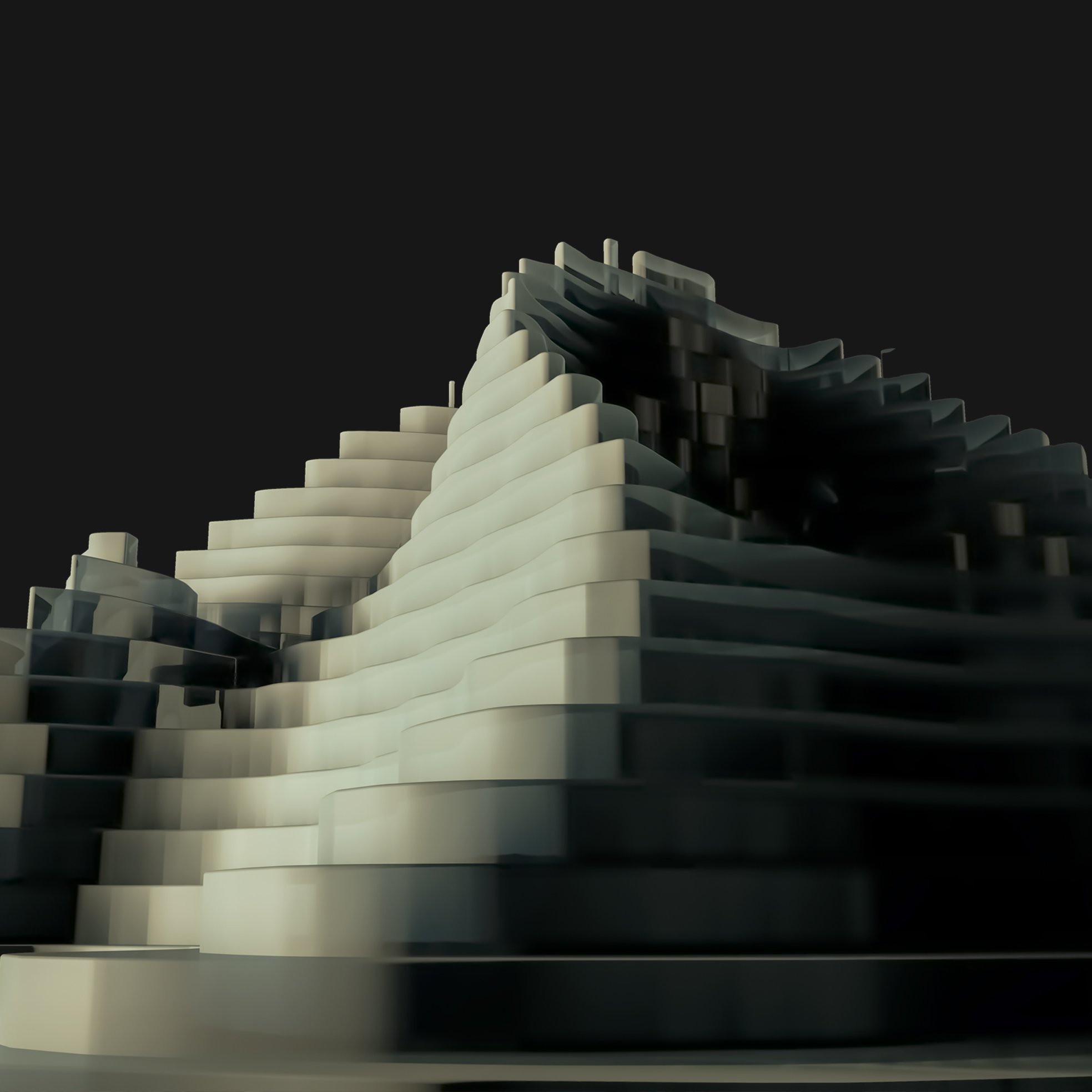

























This series of collaborative illustrations were commissioned by the University of Birmingham, School of Physics and Astronomy. With special thanks to Amaury Triaud and Thomas Baycroft. Each image is colour separated for lithographic reproduction and will be available as limited edition prints.
© 2025, University of Birmingham

An imagined office overlooks the Paranal Observatory in Chile, with the European Southern Observatory’s VLT visible with its laser on the hill, and the four small SPECULOOS telescopes nearer the foreground - more info
© 2025, University of Birmingham

Illustration of the 193cm telescope at the Observatoire de Haute-Provence which was used for this research. This was the telescope that discovered the first exoplanet, 51 Pegasi b, which led to the Nobel prize in physics in 2019.
© 2025, University of Birmingham

A planetarium opera that follows the thoughts of an astrophysicist who explores the border between fact and imagination - an immersive experience, with tailor made music of the spheres - video clip
© 2025, University of Birmingham

Celebrating the discovery of the circumbinary planet BEBOP-1c using the radial-velocity method.
© 2025, University of Birmingham

View of SPECULOOS telescope, with the eclipsing binary brown dwarf in the sky. The third red dot, is a third nearby brown dwarf, which is also part of the same system. The book on the side shows the data that led to the discovery.
© 2025, University of Birmingham

Red star and its two planets, together with some of the telescopes used for the discovery. The data that led to the discovery is depicted on the solar panels of the TESS satellite
© 2025, University of Birmingham

Created in collaboration with Francesco D’Eugenio, for the conference A new era in extragalactic astronomy: early results from the James Webb Space Telescope.

The Universe A Biography by Paul Murdin.
Created in collaboration with Prof. Paul Murdin.
'[A] beautiful tour through the cosmos ... Murdin offers easy-to-grasp explanations of knotty physics concepts[...]and also shows how the invention of radio astronomy, satellites and ever-more complex telescopes has led to a deeper understanding of space ... Beautifully illustrated ... For readers interested in space but new to the game, this is a fine place to start' Publishers Weekly
© 2025, Thames & Hudson

This image traces the evolution of stars from their interstellar cloud origins to exploded supernovae, and depending on their size, beyond as possible black holes (right loop), or left looping, planetary nebulae or white dwarf stars.
© 2025, Thames & Hudson

Figure showing a collision between the Earth (in its earliest proto form) and a smaller planet. Resulting in the creation of the Earth’s Moon (bottom right).
© 2025, Thames & Hudson

Visual aids and resources for outreach and education.

Warm, playful images that invite audiences to learn more about IoA research and history.

Heavy elements around an exploding star.

3D generated image includes multiple built models.
Additional credits: Helix Nebula - NASA and the European Space Agency. (source) esahubble.org
bottom left, CR7: Artist’s impression of the brightest Galaxy in the early universe - ESO and M. Kornmesser. (source) eso.org
Plant models (adapted for use) courtesy of bvisual.com

In a rare but beautiful display, a Wolf-Rayet can sometimes emit a plume of dust into space stretching hundreds of times the size of our entire Solar System. Created in collaboration with Yinuo Han.

A visual response to the discovery of the Trappist-1 planetary system. This series of mixed media illustrations were created in celebration and inspired, in part, by themes of collaboration, discovery: hopes, fears and unresolved questions. More details and gallery space are on the Trappist-1 website.
© 2025, Amanda Smith

Wire hanger-shaped observers look up as a process of gestation takes place.
© 2025, Amanda Smith

A restricted view of (monoprinted) ocean waves can be seen through the window of an aircraft (found material).
© 2025, Amanda Smith

Collage of mono print drawings, inking and found material. Inspired by the constellation of Aquarius (the Water-Carrier).
© 2025, Amanda Smith